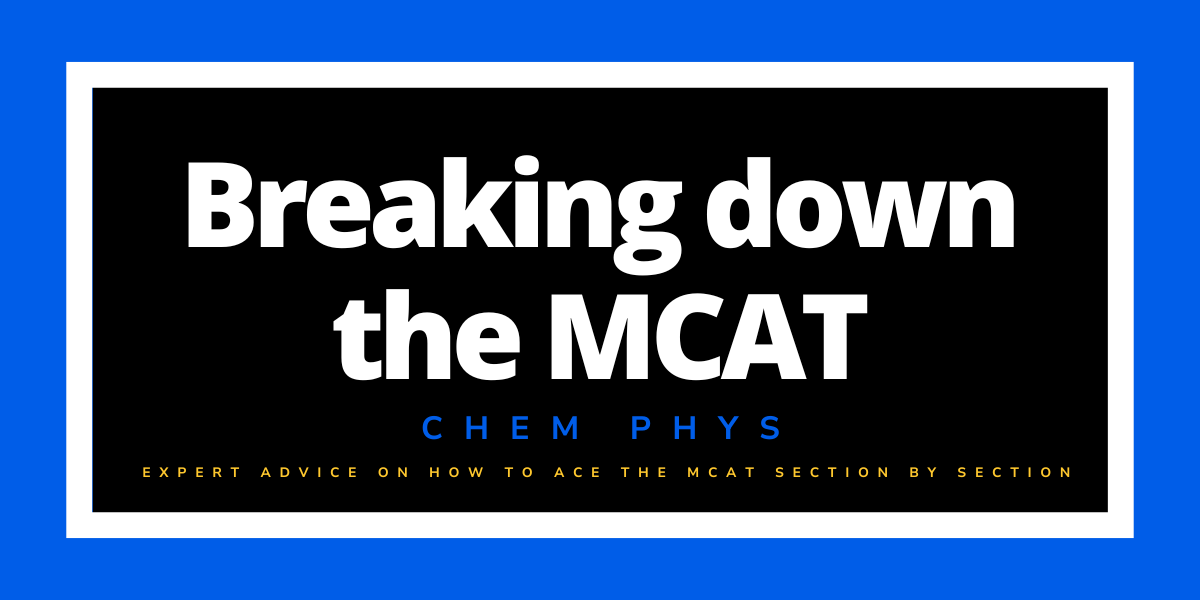Breaking down the MCAT: Chem Phys

Moderator
🚨When someone asks me about the most important or high-yield topic to focus on for the chem/phys section, my answer often surprises them – it’s periodic trends!
Although this isn’t a topic that is often directly tested – we don’t see too many questions asking about balanced equations or oxidation numbers – periodic trends is the foundation of every chemistry topic tested on the MCAT. Need to determine if a reagent is a strong acid? Periodic trends. How do I know if this amino acid will be protonated or deprotonated at physiological pH? Periodic trends. Which species is most likely to act as an anode in this redox reaction? Periodic trends.
The periodic table is a tool we have available during the entirety of the MCAT, and we should feel empowered to frequently use it. However, without understanding periodic trends – things like which columns have species that generally gain or lose electrons and why – the table just becomes a way to look up how many protons and neutrons a species has.
Let’s take a look at acid dissociation as an example. Sure, you could try to memorize an exhaustive list of strong and weak acids, but then your ability to answer a question is based only on that memorized content. But if we understand why and how some species completely dissociate while others don’t, then we can apply that understanding to new situations.
Let’s think about HCl; hydrogen is on the far upper left side of the periodic table, in a column made of species that generally form $+1$ cations, whereas chlorine is on the far right side of the table, in a column that generally forms $-1$ anions. Species in these columns behave this way because losing or gaining one electron, respectively, results in a valence shell electron configuration that looks like the closest noble gas. So HCl readily dissociates, and is a strong acid, because breaking that bond and exchanging that electron results in both species having a more desirable electron configuration.
We can then take that same idea and apply it to organic chemistry reactions – why are halogens, like chlorine, often excellent leaving groups? Because they simply need to gain one electron to look like the closest noble gas. The same fundamental periodic trend drives both of these chemistry ideas, even though one is more general chemistry and one more organic chemistry.
Periodic trends often gets neglected when studying for chemistry because it can feel like there are a lot of complex ideas that need our attention more. But if we take the time to slow down and understand what the periodic table can really tell us, those seemingly more complex ideas become very logical and we can confidently reason our way through questions that present us with new information and situations.
